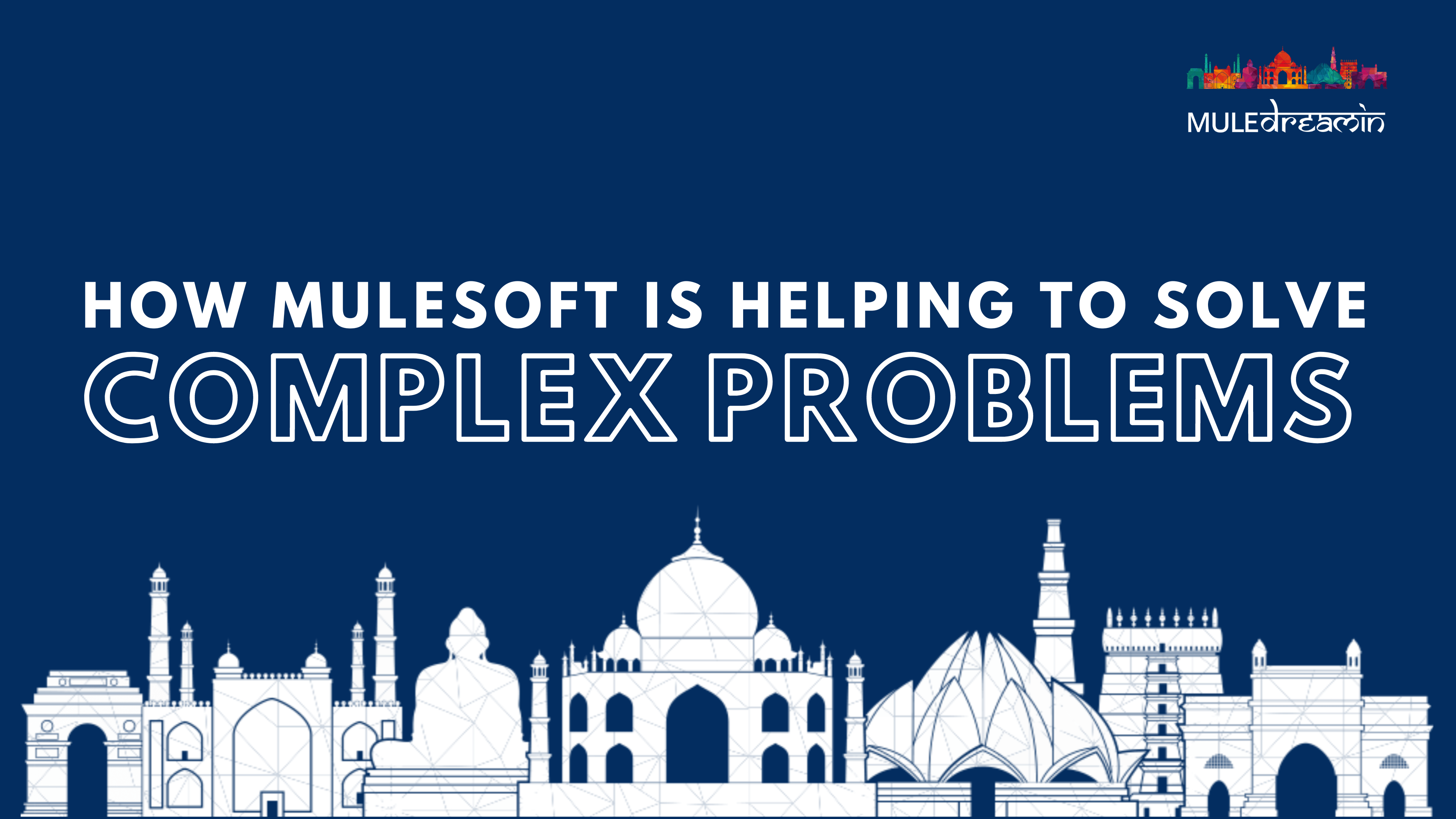
In our previous blogs we have explored and understood What is an API, What are the different types of API’s( REST , SOAP ) and What are the three pillars of REST API. In this blog we would understand how Mulesoft is helping companies to overcome complex integration challenges .
Let's begin with a sample scenario !
You are the CEO of a company called “MuleSneakers” ! Ofcouse everyone likes sneakers & especially the limited , rare ones ! Right ?! Your company is doing quite well & have received a great response from the customers ! As days go on you have started to sell your sneakers on a Ecommerce platform as well & based on the recommendation from your company’s CTO ( Chief Technical Officer ) you have onboarded Salesforce to manage your Sales & Service Process , SAP for Inventory management .
Now let’s summarize which systems are involved in driving your business & what kind of data would they contain
🔹 Salesforce - Customer data.
🔹 SAP - Customer & Inventory data
🔹 Ecommerce system - Customer data & Orders data.
The Administrator & sales team are not able to manage the operations & leading to loss to customers ! The team reaches out to the CTO & you for help ! You then decide to integrate Salesforce - SAP - Ecommerce system ! A team of well skilled developers develop an application that integrates all the three systems ( Refer the below Image ) !

You have successfully integrated all the three systems & your team at Mule Sneakers are now able to carry out their respective operations !
Now if you are all ready to expand your business & have decided to develop a Mobile application for Mule Sneakers ! But wait, the already developed API’s are not feasible to be used for Mobile Application ! So a new API needs to be developed specifically for mobile & none of the previous development that was done can be used ! The developers at Mule Sneakers that were previously involved are no longer part of the organization !

You as a CEO are finding it difficult to manage the Integration between the applications & thus losing out on potential customers !
By using Mulesoft you can overcome these challenging bottlenecks ! ?
Mulesoft had come up with an approach to Integrate multiple systems seamlessly called
‘The API led Connectivity’
Hearing API led Connectivity for the first time ?

API led Connectivity is an approach where instead of building a single application you develop reusable assets !
API led Connectivity has 3 different layers namely
🔹 System API.
🔹 Process API
🔹 Experience API.
Starting with System API’s at the bottom , These API’s are primarily developed to access data present in External systems such in the case of Mule Sneakers where data exists in SAP, Salesforce & Ecommerce System .
At Process API - Once we have access to the data at process layer you transform & enrich the data based on the needs of the businesses
The Experience layer on the top is customized to deliver a delightful end-customer experience.
Now instead of building a single application you can create reusable API assets & use these assets wherever necessary !
So according to the Mule Sneakers use case 3 separate System API would be created 1 each for SAP, Salesforce & Ecommerce system.
At Process API you can use the System API to access the data & process them accordingly !
Experience API layer is where the developers or any other external applications, who have valid access can consume the API’s